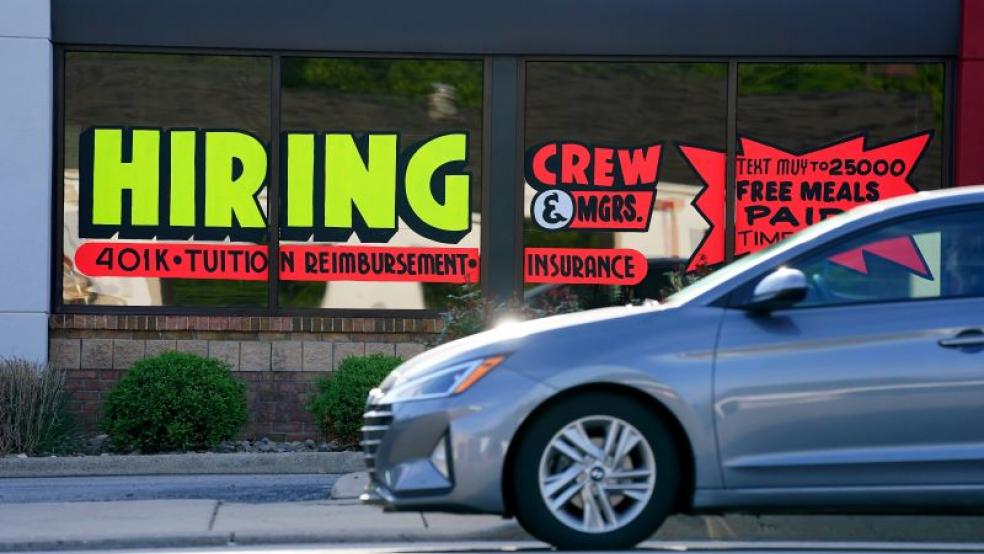U.S. employers added 943,000 jobs in July, the most since last August, and the unemployment rate fell by half a percentage point to 5.4%, a 16-month low, providing evidence that the economic recovery from the coronavirus pandemic has some momentum — or at least did before the recent surge in Covid-19 infections driven by the spread of the Delta variant of the virus.
Friday’s report from the Labor Department was a blockbuster. Not only did job gains surpass the roughly 870,000 expected by economists, but the previous two months’ gains were revised to show 119,000 more jobs added.
“I’ve been doing this a long time — this is one of the best monthly jobs reports that I’ve seen in my career arc,” Joe Brusuelas, chief economist at the firm RSM, told The Washington Post.
Private payrolls grew by 703,000 last month, while government employment surged by 240,000, primarily in public school jobs. Analysts at Goldman Sachs note that the end of the school year produced fewer layoffs, with many staffers already out of work, while The Wall Street Journal’s Eric Morath reports that the gains likely reflect many schools offering larger summer programs after a year disrupted by the pandemic.
Overall, the labor force grew by about 261,000 last month, raising the labor force participation rate by 0.1 percentage points to 61.7%. Some two-thirds of newly hired workers last month came off the sidelines of the labor market. And the number of workers reporting being on temporary layoff fell by the most since last October while the number of long-term unemployed dropped from to 3.4 million, down from 4 million in June. Average hourly earnings, meanwhile, climbed by 0.4% from June and 4% year over year as employers continued to raise wages as they try to address labor shortages.
“We saw a welcomed upward shift in July, and that’s a significant handoff because the amount of government support is decreasing,” Nela Richardson, economist at human-resources software firm Automatic Data Processing, told The Wall Street Journal. “Still there are concerns about whether the variants will stifle or dampen the tremendous momentum we saw in early July.”
The surveys for the jobs report were conducted in the middle of last month, before the resurgence in Covid cases had reached its current levels and spurred new restrictions and a rethinking of office-reopening plans in many places.
Biden warns of virus: President Joe Biden touted the job gains as proof that his economic plan is working, but he also used the report to urge more Americans to get vaccinated. “My message today is not one of celebration. It’s one to remind us we got a lot of hard work left to be done both to beat the Delta variant and to continue our advance of economic recovery,” Biden said from the White House. “This is a pandemic of the unvaccinated, so we have to get more people vaccinated.”
Biden also said that Covid cases are still going to rise before they come back down.
Forcing the Fed’s hand? The jobs gains in July could spur the Federal Reserve to scale back its stimulus by reducing its $120 billion in monthly bond purchases. Analysts at Goldman Sachs said that they now see a 25% chance of a formal tapering announcement in November, up from 20% before, and a 55% chance of an announcement in December. "We think the odds continue to rise that tapering begins before the end of 2021," Conrad DeQuadros, senior economic advisor at Brean Capital in New York, told Reuters.
The bottom line: The economy has added 4.3 million jobs this year, but employment levels remain 5.7 million jobs below the February 2020 peak.
Economy
A Blockbuster Jobs Report — From Before the Delta Surge





